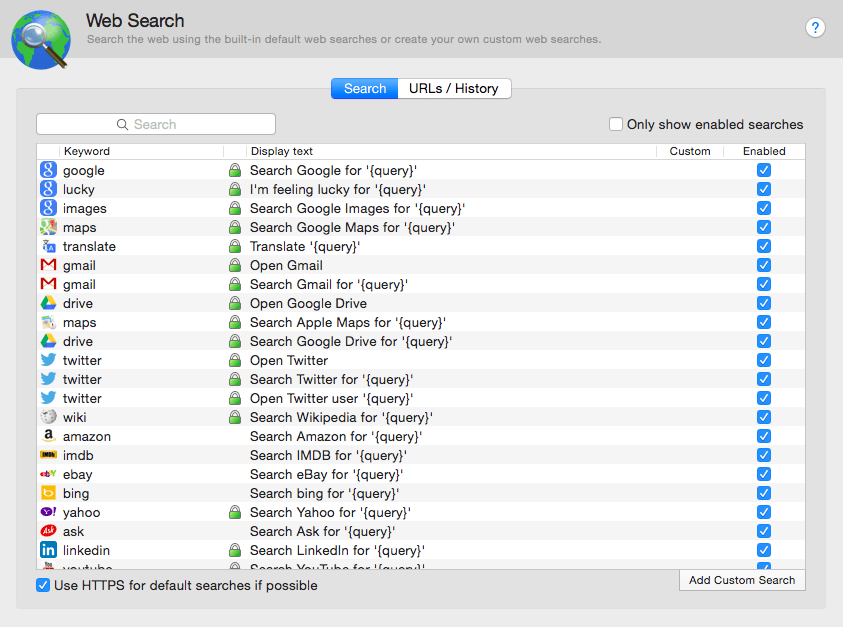
SEARCH GOOGLE OR TYPE A URL HOW TO
How to fix duplicate content issuesįixing duplicate content issues all comes down to the same central idea: specifying which of the duplicates is the "correct" one. If many different websites sell the same items, and they all use the manufacturer's descriptions of those items, identical content winds up in multiple locations across the web. Scrapers republishing your blog content on their own sites may be a more familiar source of duplicate content, but there's a common problem for e-commerce sites, as well: product information.

Scraped or copied contentĬontent includes not only blog posts or editorial content, but also product information pages. If your site has separate versions at "and "" (with and without the "3. One lesson here is that when possible, it's often beneficial to avoid adding URL parameters or alternate versions of URLs (the information those contain can usually be passed through scripts). Printer-friendly versions of content can also cause duplicate content issues when multiple versions of the pages get indexed. This occurs when each user that visits a website is assigned a different session ID that is stored in the URL. is a duplicate of class="redactor-autoparser-object"> is a duplicate of Similarly, session IDs are a common duplicate content creator.This can be a problem caused not only by the parameters themselves, but also the order in which those parameters appear in the URL itself. URL parameters, such as click tracking and some analytics code, can cause duplicate content issues. Let's take a look at some of the most common ways duplicate content is unintentionally created: 1. In fact by some estimates, up to 29% of the web is actually duplicate content! But, that doesn't mean it's not out there. In the vast majority of cases, website owners don't intentionally create duplicate content. The net result? A piece of content doesn't achieve the search visibility it otherwise would. Because inbound links are a ranking factor, this can then impact the search visibility of a piece of content. instead of all inbound links pointing to one piece of content, they link to multiple pieces, spreading the link equity among the duplicates. Link equity can be further diluted because other sites have to choose between the duplicates as well. This dilutes the visibility of each of the duplicates. To provide the best search experience, search engines will rarely show multiple versions of the same content, and thus are forced to choose which version is most likely to be the best result. These losses often stem from two main problems: When duplicate content is present, site owners can suffer rankings and traffic losses.

They don't know which version(s) to rank for query results. They don't know whether to direct the link metrics (trust, authority, anchor text, link equity, etc.) to one page, or keep it separated between multiple versions. They don't know which version(s) to include/exclude from their indices. Why does duplicate content matter? For search enginesĭuplicate content can present three main issues for search engines: When there are multiple pieces of, as Google calls it, "appreciably similar" content in more than one location on the Internet, it can be difficult for search engines to decide which version is more relevant to a given search query.

While not technically a penalty, duplicate content can still sometimes impact search engine rankings. That “one place” is defined as a location with a unique website address ( URL) - so, if the same content appears at more than one web address, you’ve got duplicate content. Duplicate content is content that appears on the Internet in more than one place.


 0 kommentar(er)
0 kommentar(er)
